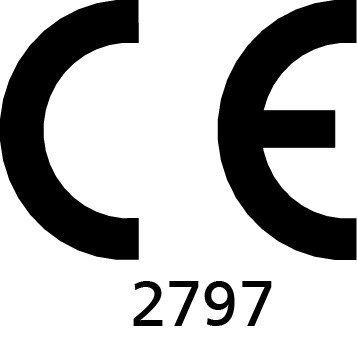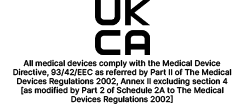How do I fit a surgical blade onto a handle ?
Please visit our website interactive section where you can find details of best practice techniques for fitting a blade to a handle supported by a suite of instructional training films.( http://www.swann-morton.com/interactive.php )
How do I safely remove a surgical blade from a handle ?
Please visit our website interactive section where you can find details of the best practice techniques for removing a blade from a handle supported by a suite of instructional training films.
Our surgical blade remover is provided sterile and can be used at the point of a procedure to remove and encapsulate the contaminated sharp after use. It is transparent so the blade is still visible for the post operative count and it can then be safely disposed of in an appropriate sharps container.
How do you hold a surgical scalpel ?
There are a number of recognised ways to hold or grip a scalpel.
The three most common are the Pencil Grip, the Fingertip Grip and the Palmed Grip.
For the Pencil Grip the scalpel is held close to the blade between the tips of the thumb and index finger, with the remaining handle resting on the web of the thumb, much like holding a pencil. The actual cutting motion comes from the thumb and index finger allowing for the precise cutting of the tissue. The pencil grip can also be "backhanded" by reversing the direction of the blade without changing the upper arm position.
For the Fingertip Grip the scalpel is held between the thumb and middle finger , while the index finger is placed on the spine of the scalpel blade to apply downward pressure. This grip is primarily used for making long skin incisions, using arm motion.
For the Palm Grip the fingers are wrapped around the scalpel handle and the thumb anchors the handle. Force is applied to the handle with forearm pressure and the wrist is held straight. The main surgical use is when great pressure is needed to cut through very dense tissue.
(Core surgical skills : Basic Instrument Use : Texas A&M University 2011)
What training resources do you have available?
The Interactive section of our website is something we hoped would evolve overtime.
In addition to the FAQ's you have access to training films, reading materials and PDF copies of the current range of product literature.
The product section also contains some interesting information on each of the products.
In addition we can arrange training days at your facility, provide training films on a USB or through a dropbox to enable you to integrate them into your own training and education program and even organise a facility visit so you can see just how the blades are made and how our quality is assured.
In April 2019 we have launched our new online training portal which features our AfPP accredited programme on Sharps Safety relating to surgical blades and scalpels. On the successful completion of the final exam you receive a certificate which carries with it 2 hours continuing education for your CPD portfolio.













